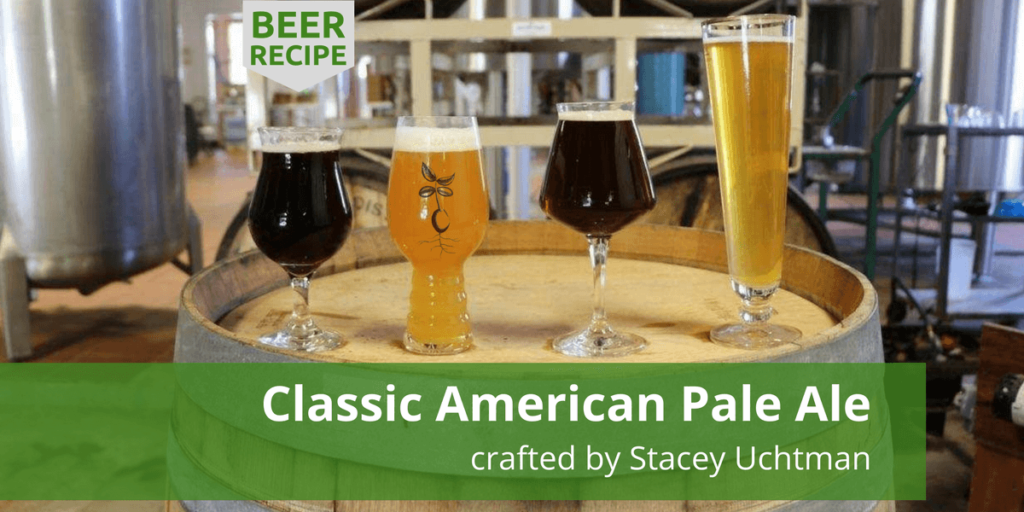There is always a first beer I order when I’m visiting any brewery. Pale Ale! I love all styles of beer and will drink just about anything but a pale ale is always what I start with. When done correctly I find it to be the perfect balance of malt and hops above any other style.
With the wave of new world hops dominating the craft market now, I still always find classic hops like Cascade, Centennial, or Amarillo to work best in this beer. I don’t think they overpower the malt bill like a Mosaic or Galaxy easily can. I have had great examples using theses hops but I always find they lean more towards an IPA than a Pale. A pale in my mind is softer, delicate and more balanced. I never want any one taste to shine extremely more than the other.
It has taken me quite some time to dial in our C-Street Pale at White River but it’s almost to that point now. A very classic malt bill in a pale will simply be 2-row and crystal malt, with crystal being about 4 to 6% of the grist. I do like to add something else to beef up the malt bill slightly. I will not post the recipe of our brewery in respect to our owner and the brewery itself- it is not mine to give out even though I created it. I will however, post another fantastic one I have brewed in the past for the taproom.
Every time I create a pale, small batch beer, I change something in the malt bill if even just slightly. Try adding a small amount of a melanoidin or aromatic malt to the tune of .5-1.5% or do as I always love to do and add multiple base malts with your pale malt, like a Vienna, Marris Otter, or Golden Promise. I like to keep bittering hops to a minimum, they can bite ya if you’re not careful. I usually shoot for 25-35 ibu’s and have the bittering addition be around 10-15 of those. I like a clean, low cohumulone variety also, leave Columbus for the dank IPAs and try a Galena, Nugget, or Summit. I have had fantastic results with these hops.
For the middle and finishing hops I love a Cascade and Centennial combo. I lean a little heavier on Centennial than Cascade, to give a nice grapefruit taste, I then evenly split them through the remainder of the process.
I think the most expressive thing you can do to separate your beer from every other one out there is in the yeast. This is the part to get creative on. This recipe has an English strain but please try something different and let me know. I used a scotch ale yeast as my house yeast for a long time and it worked great in this beer. The possibilities are endless and I beg you to add something different. A clean american ale yeast never makes your beer stand out of a crowd in my opinion, but to each their own.
On the hot side I always prefer to mash at 150. I rarely go above that unless I’m using a highly attenuating yeast. I do not want this beer to be overly sweet and I aim for a final gravity of 1.008-1.010.
Cheers and enjoy!
___________________________
Classic APA Recipe
5 gallons assign 75% efficiency
1.050 OG
1.010 FG
5.1% abv 30 ibu
MALT:
10 lbs 2-row (rahr) 94.1%
8 oz crystal 50 (simpsons) 4.7%
2 oz melanoidin (weyermann) 1.2%
Mash @ 150*F (66*C) for 1.25 hr
HOPS:
6 grams- Horizon (12.5 AA) @ 60 min
21 g Centennial (8.9 AA) @ 15 min
18 g Cascade (6.8 AA) @ 15 min
14 g Centennial @ 0 min
14 g Cascade @ 0 min
57 g Centennial @ dry hop for 7 days
57 g Cascade @ dry hip for 7 days
YEAST:
Giga yeast British Ale #1 (1 pack)
Ferment @ 68*F (20*C)

